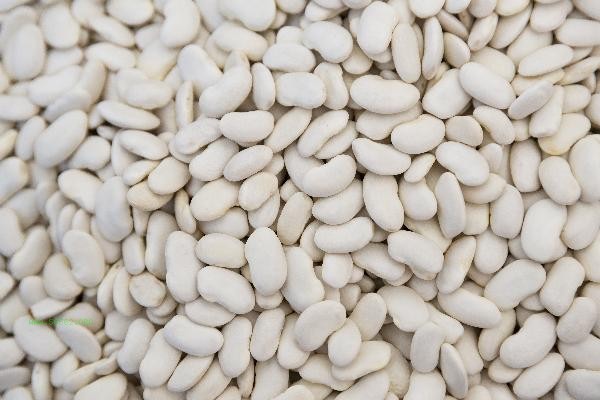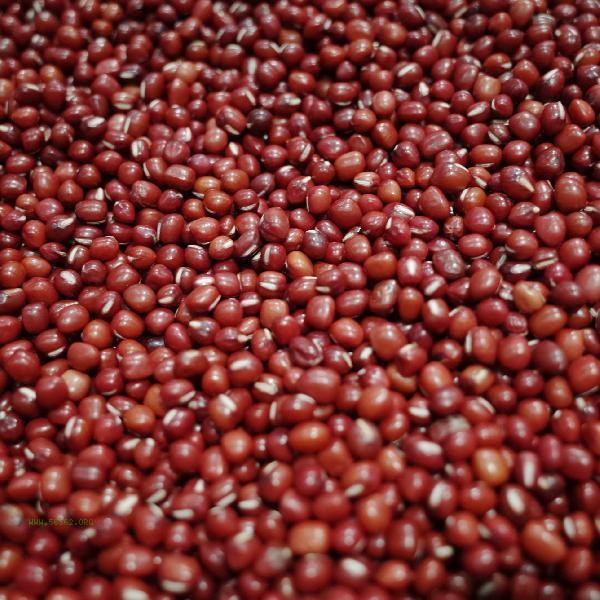Eating legumes every day may cause gastrointestinal discomfort, nutritional imbalance, and other problems, but moderate consumption usually does not have a significant impact on health. Beans are rich in high-quality protein and dietary fiber, and excessive intake may lead to bloating, elevated uric acid, or impaired mineral absorption. Beans contain a high amount of oligosaccharides and dietary fiber, and some people lack enzymes in their intestines to break down these components, which can easily produce gas and cause bloating and abdominal pain. Long term consumption in large quantities may increase the burden on the gastrointestinal tract, especially for those with weaker digestive function. Phytic acid in legumes can bind with minerals such as calcium, iron, and zinc, affecting the absorption and utilization of these nutrients. For children in their growth and development period or those with anemia, it is important to pay attention to pairing foods high in vitamin C to promote mineral absorption. Some legumes have high purine content, and excessive consumption in patients with gout or hyperuricemia may induce joint pain. Soybeans and their products contain phytoestrogens, and long-term excessive intake by individuals with thyroid dysfunction may disrupt hormone balance. Undercooked beans contain anti nutritional factors such as lectins, which may cause toxic reactions such as nausea and vomiting. People who are allergic to legumes may experience symptoms such as skin itching or respiratory discomfort.

It is recommended to control the daily intake of legumes to 30-50 grams dry weight, and to reduce anti nutritional factors by soaking and long-term cooking. Pairing grains can improve protein utilization, and alternating consumption of different colored beans can provide more comprehensive nutrition. When experiencing persistent gastrointestinal discomfort or allergic reactions, it is recommended to stop consuming and consult with a reasonable combination of legume diets, which have a positive effect on preventing chronic diseases. However, special populations need to adjust their consumption and frequency according to their physical condition.










Comments (0)
Leave a Comment
No comments yet
Be the first to share your thoughts!